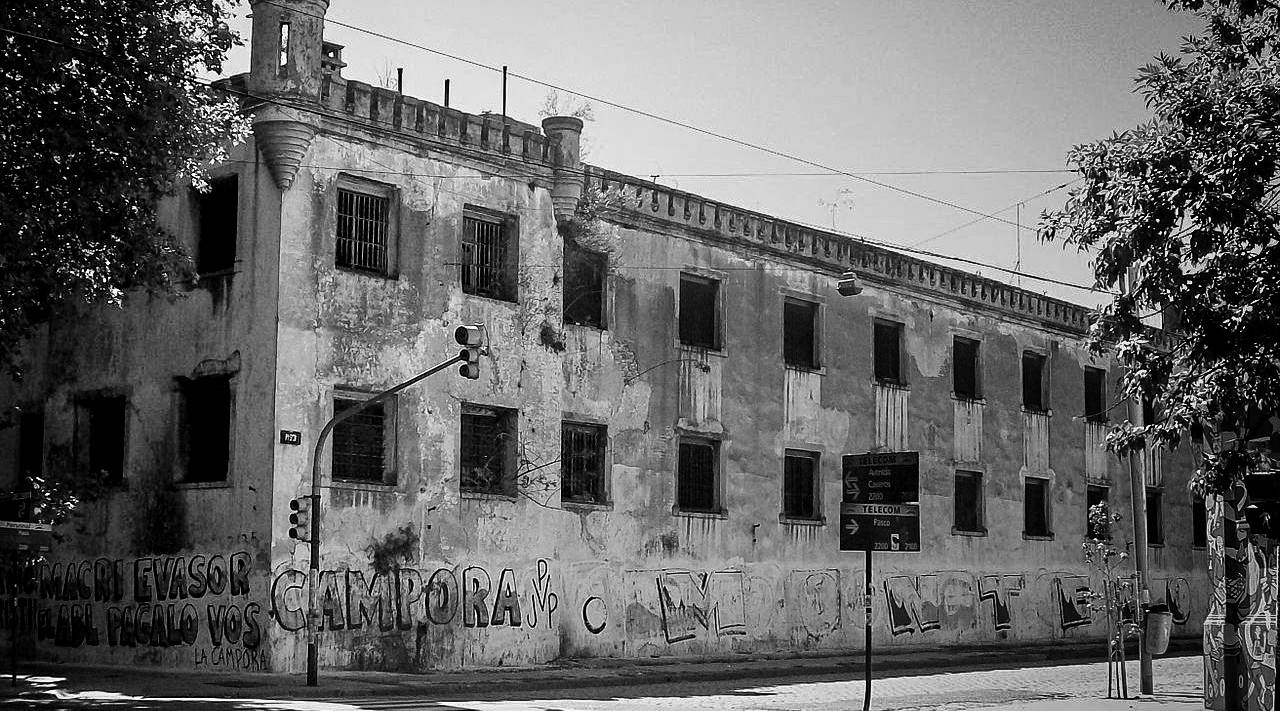
Argentina
Capital city — Buenos Aires
Country population
i2015Incarceration rate (per 100,000 inhabit…
i2014/ SNEEPType of government
Human Development Index
i2016/ UNDPName of authority in charge of the pris…
Total number of prisoners
i2014/ SNEEPPrison density
i2014/ SNEEPTotal number of prison facilities
i2015/ International Prison Observatory (OIP) in ArgentinaAn NPM has been established
Yescreated in 2014
Female prisoners
i2014/ SNEEPIncarcerated minors
i2014/ SNEEPPercentage of untried prisoners
i2014/ SNEEPDeath penalty is abolished
Yessince 2008
The penitentiary system
Officially, there are 250 penitentiaries in Argentina: 34 federal prisons, 55 prisons in Buenos Aires, and 161 provincial prisons. This figure does not include the various police stations that are now being used as prisons.
A resolution from 2010 requires each prison’s ‘regime’ to be based on the prisoner’s security and discipline grade. There are three types of regimes within the Federal Penitentiary System (SPF), the Buenos Aires Penitentiary System (SPB) and the Provincial Penitentiary System (SPP):
- Closed regime for serious offences;
- Semi-open regime for the “confidence stage”;
- Open regime for the end of the sentence.
Semi-open regimes have barbed wire fences around the perimeter of the prison instead of walls.
Due to overcrowding and corruption regime criteria is not always adhered to in practice.
In addition, some prisons have “multipurpose facilities” where different regimes are applied in different sections. Ezeiza Women’s Federal Penitentiary Complex IV, a maximum/medium security prison, also has a drug rehabilitation and psychiatric service center.
There are eight maximum-security facilities. Most have external barbed wire fencing, movement sensors, security cameras, and a perimeter wall. Despite these measures, escapes have occurred.
There have been no national statistics on prison staff since 2003. The SPF is governed by the National Ministry of Justice. The different SPPs fall under the Ministry of Justice for their province, and in Santa Fe the SPP falls under the Ministry of Security.
The SPF has a training academy for penitentiary personnel. To gain employment within the “General and Administrative Body”, which accounts for 60% of staff, a three-year course must be taken at the National Penitentiary School. Professional roles including criminology and legal, social, educational and health services require university studies and a three-month course. The SPB houses the Instituto Superior de Formación y Capacitación del Personal Penitenciario N° 6001.
The monthly salary of an inspector general of the SPF – the highest rank – grew to 16,326 pesos (1,140 USD) in 2015. A second year cadet – the lowest rank – now earns 6,074 pesos (424 USD). Working conditions are very difficult because prisons are overcrowded and in poor condition. Despite being public employees, penitentiary personnel do not have a union to defend their rights.
A study conducted by the Procuraduría de Violencia Institucional (PROCUVIN) shows that 749 agents are currently being prosecuted. PROCUVIN encourages this action, but warns that police violence and prison staff violence is growing. The OIP says prison guards often go unpunished, with the judiciary blaming the victims of the violence.
A survey conducted in 2015 by Universidad de Tres de Febrero indicates that seven out of ten detainees agree to pay officers to obtain certain benefits. Benefits include food, conjugal visits and possessing prohibited items such as cell phones. 25% of detainees report that prison employees sell them drugs. According to the report, corruption stems from lack of rigorous oversight. Prison administration argues that these practices avoid riots and escapes. The prisoners complain that if they do not bribe the prison guards they are harassed and placed in disciplinary cells.